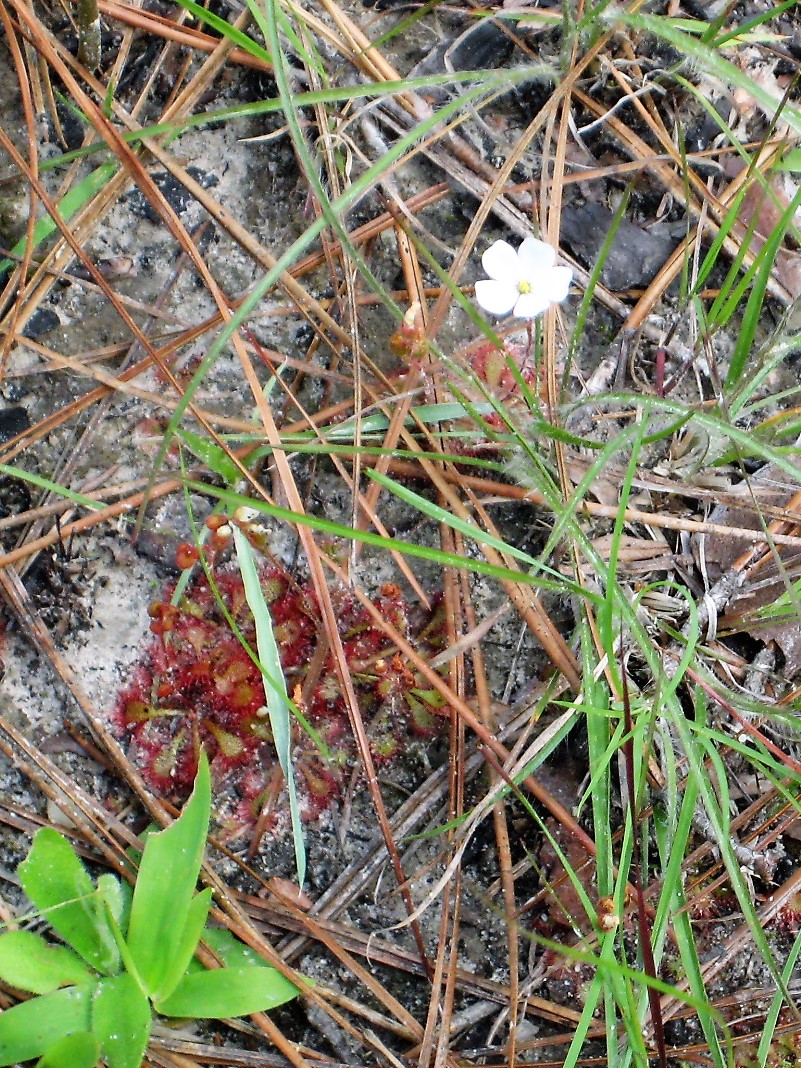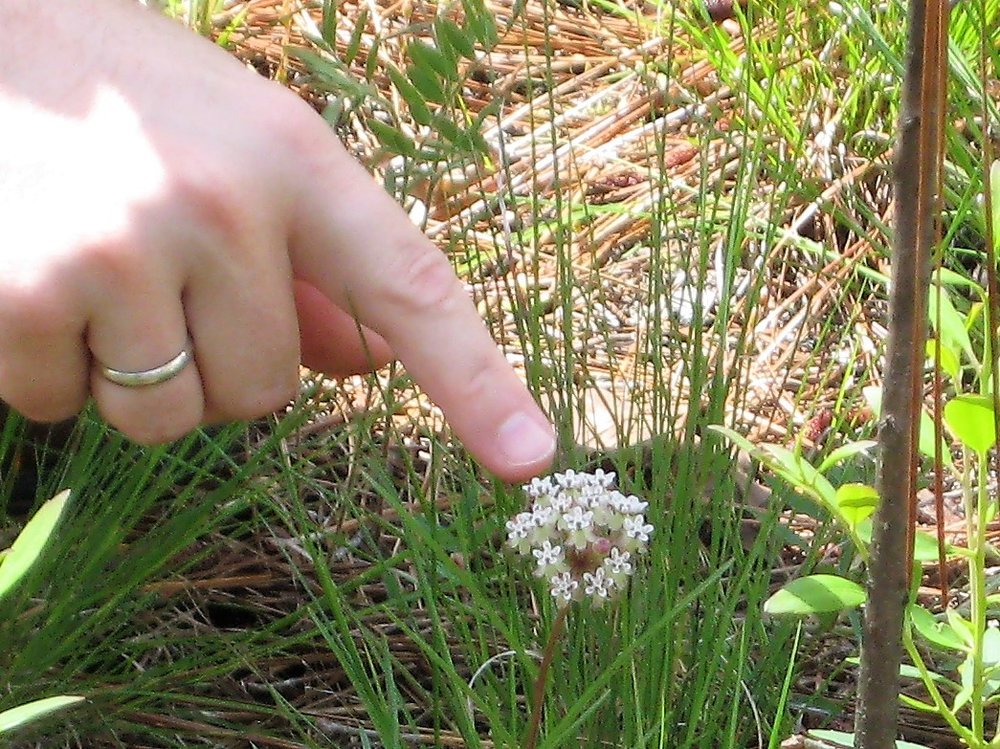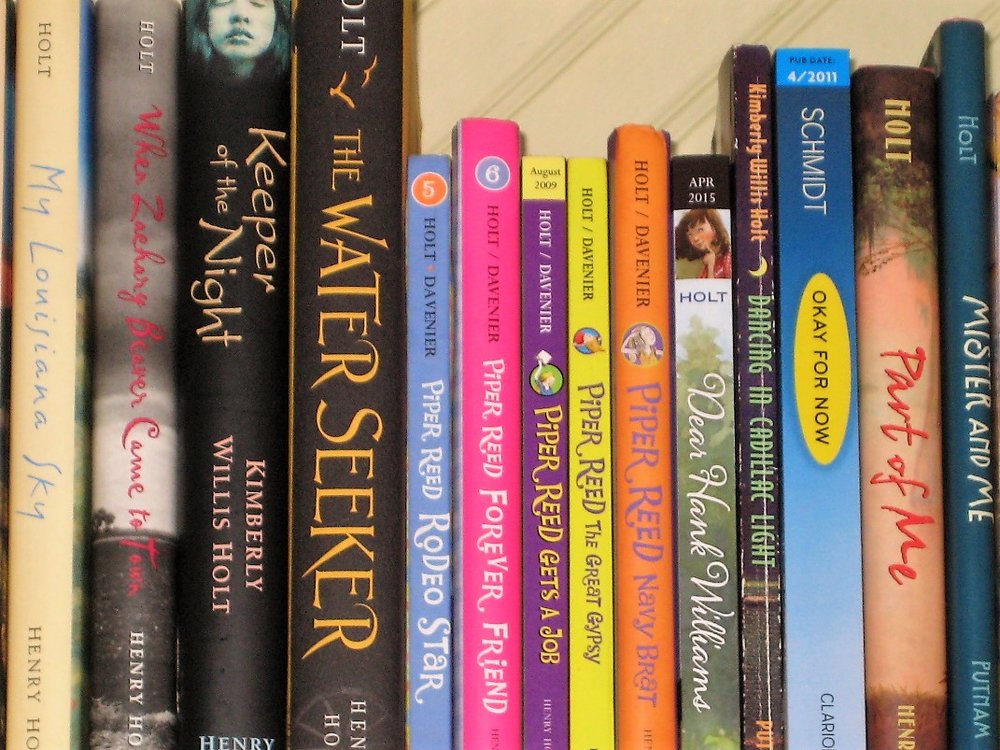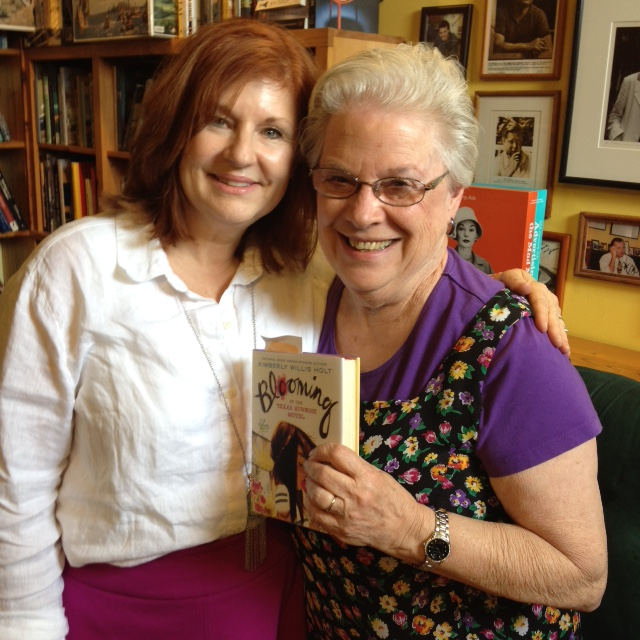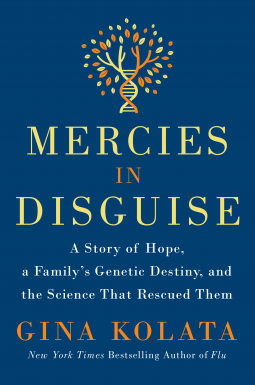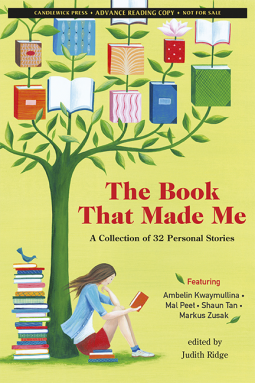 Titles on Marvin Kendrick’s photographic art do not exist. The Osher Lifelong Learning Institute group gathered for their gallery showing’s opening reception of his works and a Q and A with the artist. He explained that he didn’t want to limit perception with his own ideas since he’d rather leave his photographs for the viewer to interpret the tale told by the picture. As I looked around the room, I liked that idea since I could see room for a story behind each of his pictures.
Titles on Marvin Kendrick’s photographic art do not exist. The Osher Lifelong Learning Institute group gathered for their gallery showing’s opening reception of his works and a Q and A with the artist. He explained that he didn’t want to limit perception with his own ideas since he’d rather leave his photographs for the viewer to interpret the tale told by the picture. As I looked around the room, I liked that idea since I could see room for a story behind each of his pictures.
He is allowing OLLI to choose one for permanent display. That may be the hard part with beauty in each photograph, especially since he has left the door open for personal story interpretations. With the live wires at OLLI, I’m sure there will be strong preferences among the members of the Art Committee.
I’ll jump in right away with my choice, not that it counts for anything, and the story it told me. This photo was taken in New Brunswick, Canada along the shore of the Bay of Fundy. I saw a rock that dared to be different. Of course, it stood out with the background of all the blues that made its orange seem even more intense. Oddly, the orange made the blues more intense as well. (To prove my point, cover the orange rock and just look at the blues.)
Within the range of its influence, a couple of smaller rocks seem to be taking on the hue. Are they gaining courage to become who they really are instead of reflecting the crowd around them? Before we lose interest in the crowd, it’s their very similarity that makes the orange rock pop. And even as their similar color makes them fit together overall, they also have their differences. A bit of time will reward the viewer with the unique that lies even in the members of the crowd who seem so similar at first glance.
When it comes to any form of art, I’m the little dark blue one in the middle bottom. I like to think that my appreciation makes the orange ones like Marvin shine a little brighter.



















